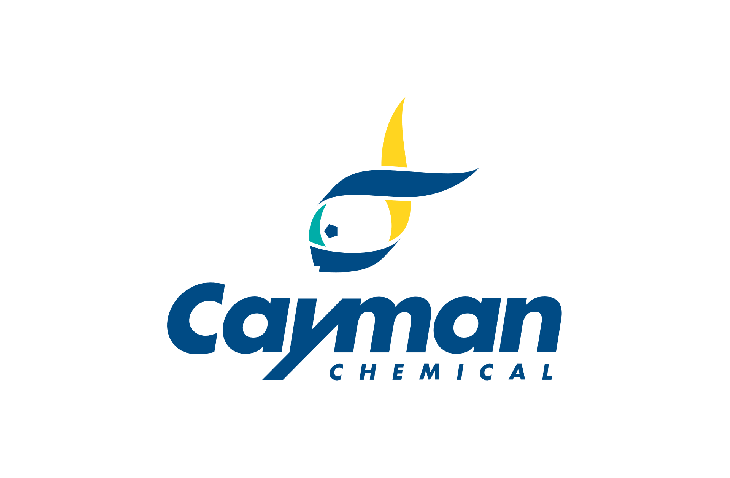-
Research area
- Biochemicals
- Blood and Biospecimens
- Cell biology
- Environmental
- Flow Cytometry
- Forensic Science
- Genomics
- Immunology
- Labware
- Microbiology
- Pathology
- Transplantation
429 Too Many Requests 429 Too Many Requests
nginx - Products
- Suppliers
- About us
- Resources
- Events
- Support
- Lab Services
- Promotions
Product description
Keyhole limpet hemocyanin (KLH) is a copper-containing respiratory glycoprotein from the hemolymph of the marine mollusk M. crenulata that is involved in oxygen uptake, transport, and release.{68248,68249,68250} It exists as two isoforms, KLH1 and KLH2, and is composed of eight globular functional units that each contain an oxygen binding site and arrange into decamers, didecamers, or multidecamers to form a cylindrical pore.{68248,68251} Due to its immunogenicity, KLH has commonly been used as a T cell-dependent model antigen.{68249,68252} Immunization of mice with a peptide derived from A. baumannii outer membrane protein A (OmpA) conjugated to KLH produces a monoclonal antibody that increases macrophage opsonization of antibiotic-resistant A. baumannii in vitro.{68253} Serum isolated from mice vaccinated with KLH conjugated to 2,4-dinitrophenyl (DNP) and an analog of the tumor-associated carbohydrate antigen ganglioside GM3 exhibits increased IgG antibody titers and induces antibody-dependent cell cytotoxicity (ADCC) in B16/F10 mouse skin melanoma cells expressing a DNP-ganglioside GM3 analog conjugate.{68254} Cayman’s KLH Monoclonal Antibody (Clone 15F7E4G3) can be used for ELISA and Western blot (WB) applications.
Specifications
Applications
WB, ELISA
Host
Mouse
Clone
15F7E4G3
Isotype
IgG1
Supplier
Cayman Chemical
Shipping & storage
Shipping condition
Dry Ice
Storage temperature
-80°C
Do you have any questions about this product?
Order your product by email
Productname
KLH Monoclonal Antibody
38099-50
By filling out this form, you are placing an order by e-mail. You will receive an order confirmation within one working day. The order cannot be modified after receipt of the order confirmation.
Request a sample
Productname
KLH Monoclonal Antibody
38099-50
By filling out this form, you request a sample. You will receive an order confirmation within one working day. The order cannot be modified after receipt of the order confirmation.
Are you looking for specific products, alternatives or documentation?











